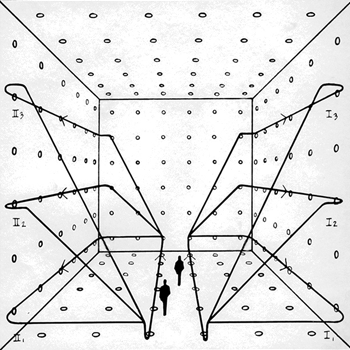An object has a mass of #2 kg#. The object's kinetic energy uniformly changes from #16 KJ# to # 36KJ# over #t in [0, 6 s]#. What is the average speed of the object?
2 Answers
The average speed is
Explanation:
The kinetic energy is
mass is
The initial velocity is
The final velocity is
Therefore,
and,
The graph of
The points are
The equation of the line is
So,
We need to calculate the average value of
So,
Average velocity
So average speed is
Explanation:
During the period we can say that:
Integrating:
And as
For average velocity
Reality check:


